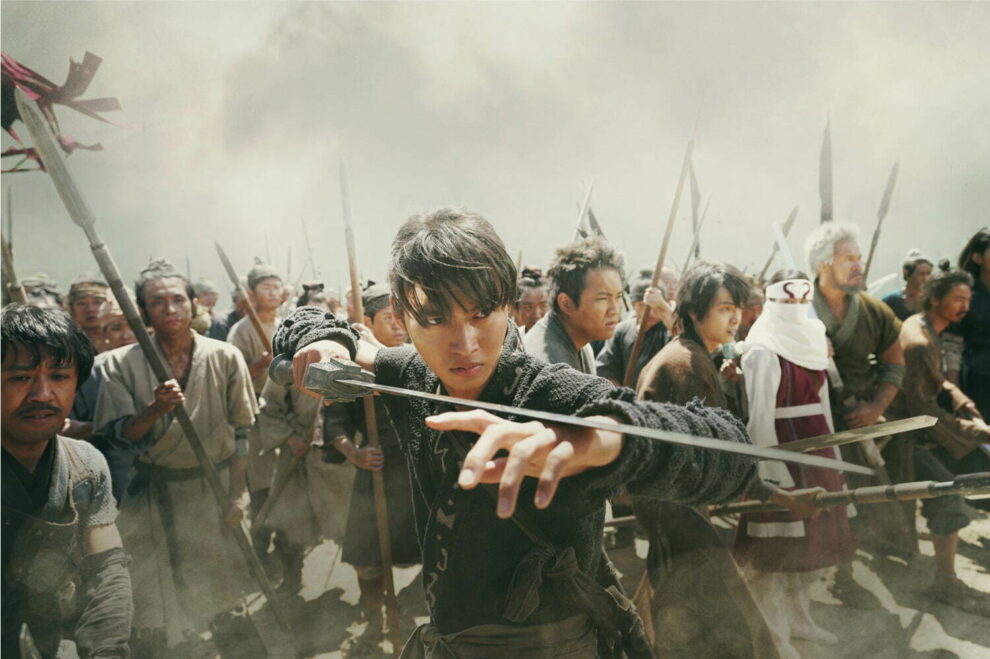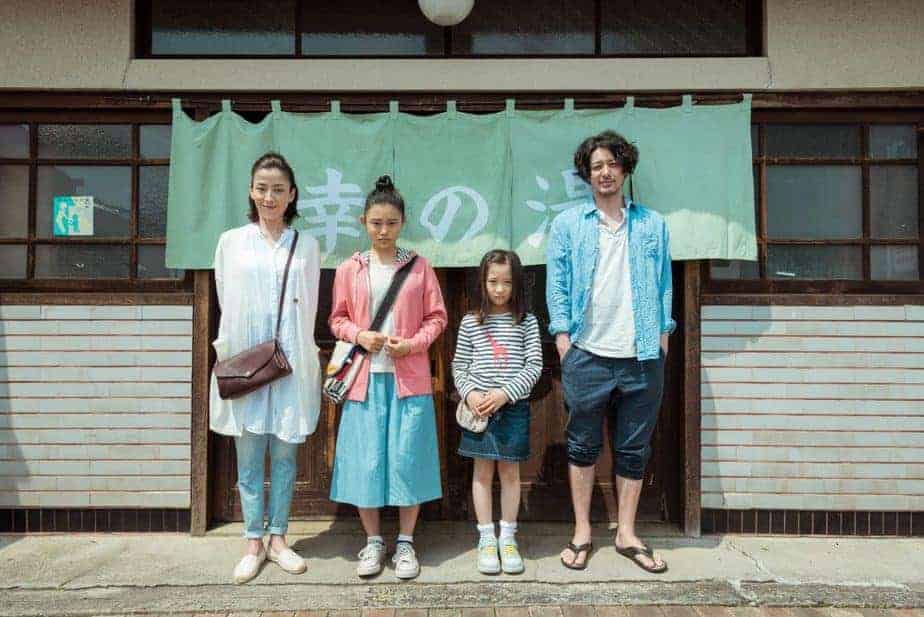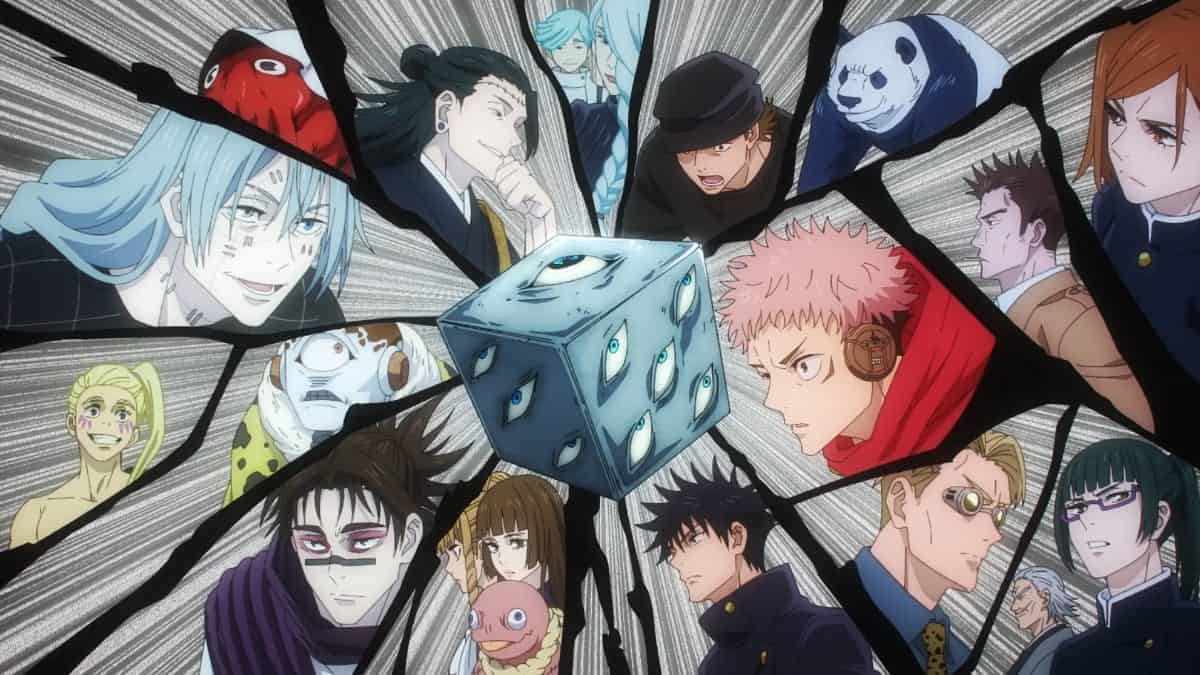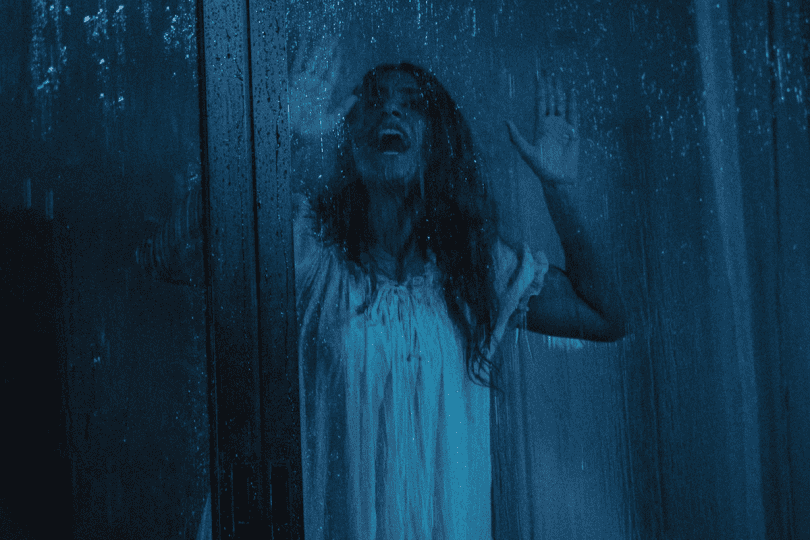Along with Keishi Otomo and Takashi Miike, Shinsuke Sato completed the trio of Japanese directors who truly excel in action anime/manga adaptations, with his works in “Gantz”, “Library Wars”, “I am a Hero” etc speaking for themselves. “Kingdom 2: Far and Away”, which continues the adaptation of the homonymous manga by Yasuhisa Hara, highlights the fact in the most eloquent fashion as it currently streams on Netflix, just before the third part's release later this year.
Click the image below to follow our Tribute to Netflix
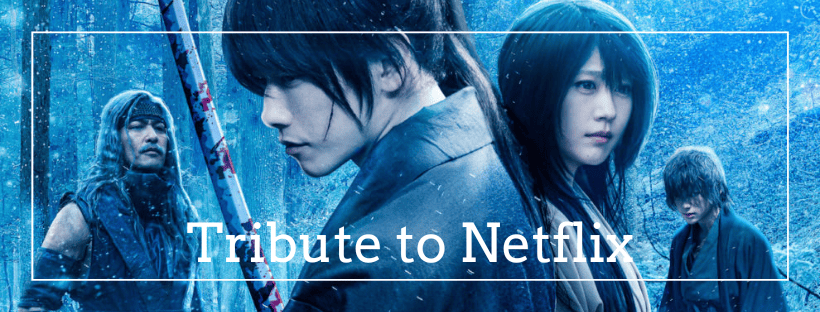
In a style that points more towards Chinese than Japanese epics (the original is actually based on the Warring States period), the sequel see the State of Qin, who is now governed by Eisei, after the events of the first movie, facing a new threat from a neighboring nation, the State of Wei. Headed by general Go Kei, a genius in military warfare, the forces of Wei start attacking the borders, while also implementing assassins to kill Ei Sei, who is barely saved by the efforts of Shin and Ka Ryo Ten. In his way to become a general, Shin has his first actual warfare experience, starting, however, as a lowly foot soldier, part of a team of five that include calm and composed leader Takukei, two former acquaintances who do not believe a thing Shin says, Bihei and Bito, and Kyokai, a mysterious girl who is soon proved to be a tremendous fighter with a grudge. As the group and the whole Qin army have to face scores of enemies, their higher ups, 1000-man general Bakukoshin and the man-in-charge General Hyoko seem subpar in their decisions, to say the least.
To be clear, in order for someone to fully enjoy “Kingdom 2”, one would have to leave logic and intensely questioning the events on the side, as Chinese/Hong Kong epics have the tendency to focus on particular (action) sequences and then build the narrative around those. Furthermore, whoever got invested in the characters of the first movie will also be disappointed here, since most of them are almost completely forgotten, something that is a shame considering how appealing Eisei and Ten were. Their stead, however, is taken this time by the rest of Shin's group, with Kyokai in particular emerging as a rather intriguing character, a fact that benefits the most by the excellent acting of Nana Seino in the role.
Check also this interview
Also thankfully, Kento Yamazaki's annoyingly excessive acting as Shin in the first movie (this tendency of the actors in these adaptations to look like their anime counterparts borders on the ridiculous) is much toned down here, particularly because the focus is much more on action than story this time. Also of note is the presence of Kiyohiko Shibukawa as Bakukoshin, a truly buffoonish general who makes one bad decision after the other, essentially setting the field for the heroic action to happen while managing to appear both comical and dramatic.
And talking about action scenes, the movie contains a plethora of truly majestic ones. Starting with the battles the five-member team has, where Shin and Kyokai truly shine with their speed and agility (as much as their opponents) and continuing with the large ones where whole armies face one another, all set pieces here are excellently directed, choreographed, edited and captured on camera. Yuji Shimomura's action direction in particular is one of the best aspects of the movie, with the director of “Re:Born” and “Crazy Samurai Musashi” showing once more that he is one of the best of the world in the field, particularly because he insists on inducing them all with as much speed by the stunt men as possible.
Akira Sako's cinematography captures all the proceedings with gusto, also benefiting the most by Masae Miyamoto's costume design and Hidetaka Ozawa's art direction, which result in a combination that offers numerous outstanding images. Particularly the overall depiction of Kyokai and Gokei are bound to stay in the mind of every viewer. Lastly, Tsuyoshi Imai's editing induces the movie with a lightning-fast pace, which both suits its aesthetics and somewhat manages to hide the inconsistencies in the story.
“Kingdom 2” Far and Away” will not last under any scrutiny regarding its context, but as an action/war epic definitely succeeds to the fullest, offering 134 minutes of intense entertainment.


